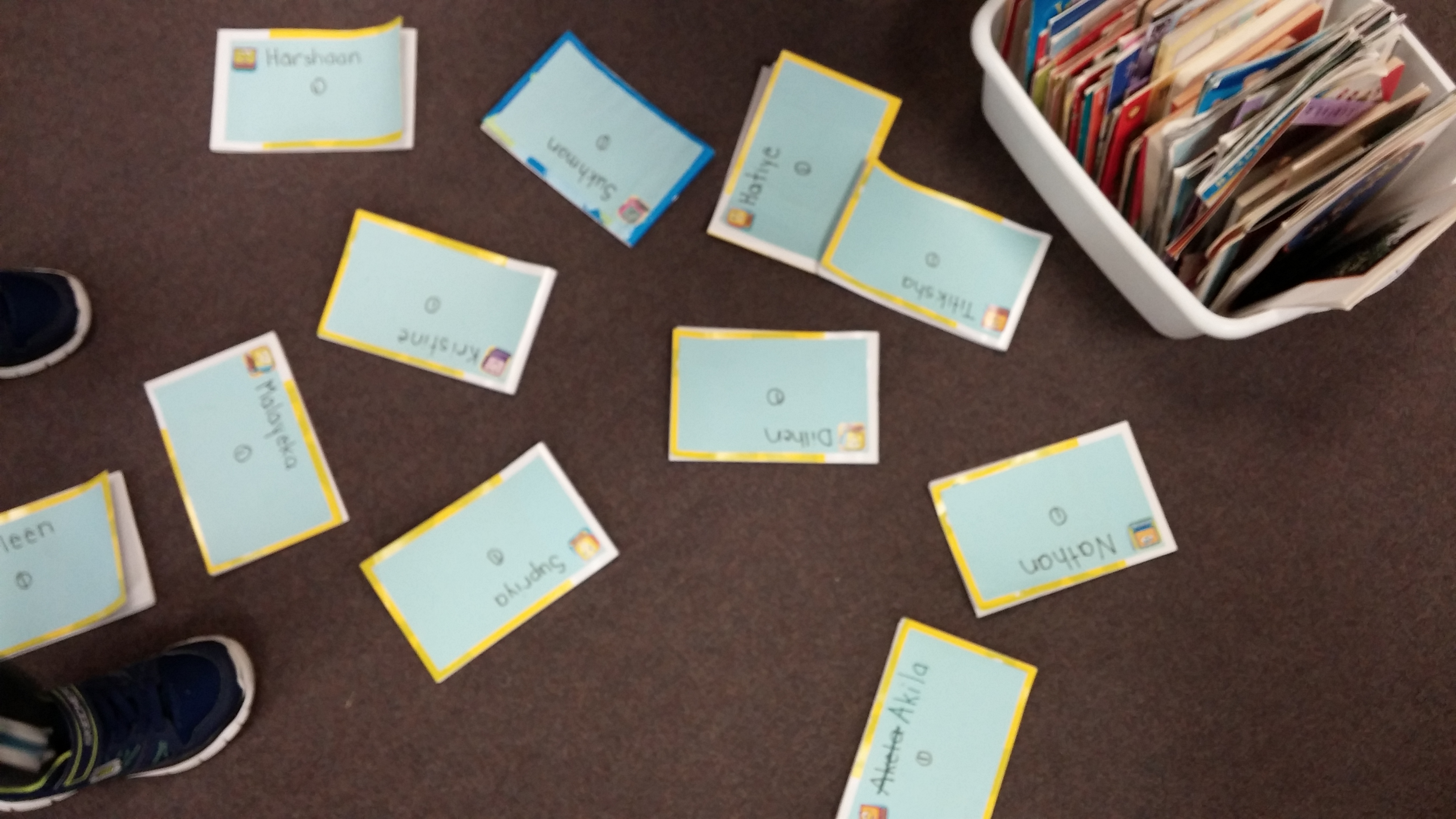Practicum Reflection: Day 2
Grade 3 (Ms. Jassal)
I was really intrigued on how a geography class can be so interactive. Ms. Jassal first introduced a worksheet on continents and ocean. She went over each part together with the class on a projector allowing student’s discussion and questions. Resources around the classroom such as, maps, and the globe were also available for the student to use. The students then completed the worksheet at their own pace with the available resources while Ms. Jassal and I went around to give checkmarks to each correct answer. This geography worksheet was not an ordinary horizontal layout of the continents and ocean; it was an arrow view from North Pole and looking up from the South Pole. While I was going around to help, there were definitely times I was unsure of what continents were indicated because it was positioned in a way that I was not familiar with. So, I found myself sometimes would pose the question for students to further investigate rather than directly assisting them towards what I would see as the answer because I was unsure myself as well. There were also times, I would be working a question out with a group of students with the globe and I was figuring out the answer as we were experimenting and making our hypothesis together. It was apparent that most of the students were quite engaged in the geography worksheet activity as you see the group interaction, the uses of the globe and the map. Some students did not participate in the activities that pertain to the whole class as they work on other material with their educational assistant. An ongoing question that I constantly am asking myself, what is inclusion in this sense? The student is physically included in the classroom setting, but l wonder about content and learning-wise.
Kindergarten (Ms. Sull)
I found myself that I am working on my comfort zone of singing today with Ms. Sull’s kindergarten class. Ms. Sull sang through various activities such as circle time, and lining up to go home. I have sang before as part of instructions and games when I taught swimming lessons for babies and up to age 6. The similarity between the songs I sang and Ms. Sull’s were that it was sang with a purpose. My purpose were for my swimmers to display a learning outcome and so was Ms. Sull’s. Ms. Sull said for example the re-adapted alligator song she sings was recently learned at a conference with a purpose of having the student count to ten forward and backward. . I definitely would need to grasp hold of some songs the class sings on a regular basis.
Grade 3/4 (Ms. Calimbas)
The first thing Ms. Calimbas did after the students came in from lunch was they all settled down and sat on the carpet as they went over what happened during lunch and the breakdown of the rest of the day. I thought this was amazing at bringing the students back to a calmer level instead of going into classwork right away. The classroom set up are consisted of tables and chairs. The students store their writing utensils and binder in baskets around the classroom. This set up is similar with my grade seven classes I am co-teaching at Cougar Canyon for our social studies class. This set up I found creates a different type of community dynamic which allows students to more easily share their opinions.
Some questions that were asked by classroom teachers were broad. Some teachers allowed a range of student participation. Some teachers were looking for specific answers therefore turning down some student’s input. Some appreciated unique answers and appreciated their sharing. During my social studies class at Cougar Canyon, I found myself most comfortable when I posed the broad questions out there, paused for a few split seconds for students to think, and then I would pick hands for student to share. Sometimes, I would ask the student to expand because I was either intrigued by how they come up with that idea or for them to clarify what they mean. I found some students benefited from the expanding of ideas as it fuels up more sharing of ideas around the class. I would pick and appreciate the quieter student’s input as it seems they were usually not picked in the class. I really enjoyed seeing the range of student interaction, input, and what they have to share in relation to the social emotion lesson my partner and I was teaching. We were both blown away by each student’s rich knowledge, unique ideas and respect for each other.
